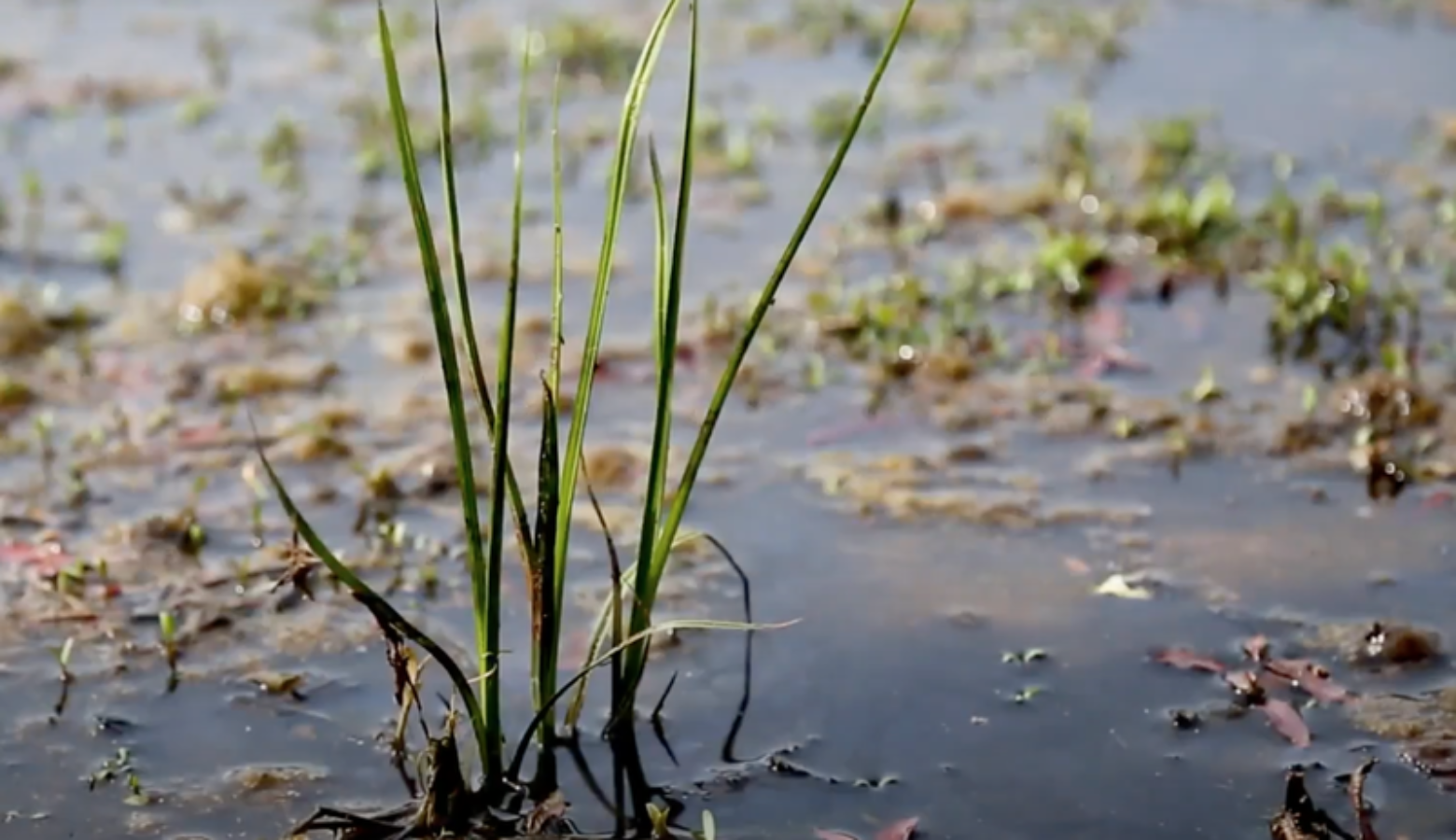Changes to Indiana’s wetland law could lead to more CO2 into the air

Wetlands are good at trapping a lot of carbon dioxide in a small space. Now that the state is protecting fewer wetlands, it’s possible more CO2 will get released into the air as they’re destroyed.
There’s very little oxygen at the bottom of a natural wetland, which prevents things like leaf litter from decomposing as quickly and releasing carbon dioxide into the air. That makes them great carbon sinks.
Sara McMillan is an associate professor at Purdue University and part of the legislature’s wetlands task force — which will make recommendations on how to regulate wetlands in Indiana.
“They are incredibly effective per area. So you get so much more bang for your buck — if you think about it in that context of restoring or maintaining a wetland on a landscape — than you would any other conservation practice,” she said.
McMillan said the smaller, more disturbed wetlands that are no longer protected under Indiana law still have a lot of value — and they can even become more effective over time.
Join the conversation and sign up for the Indiana Two-Way. Text “Indiana” to 73224. Your comments and questions in response to our weekly text help us find the answers you need on statewide issues.
Engineered wetlands — meant to replace the natural ones destroyed to develop land — don’t do as good of a job. Assistant professor Jake Hosen researches wetlands and hydrology at Purdue. He said, even in ideal conditions, it can take 20 to 100 years for a restored wetland to have the right plants and microbes to function well.
Hosen said that’s one of the many reasons why it’s important to protect the state’s natural wetlands.
“If you want to sequester the most carbon and if you want to keep the carbon that’s stored — and that’s really what’s critical — is the wetlands that we have now are doing their job right now,” he said.
The Biden administration has proposed changing the Waters of the United States rule, which could bring more federal protections to wetlands in the Hoosier State.
Hosen, McMillan and their team are studying how wetlands can be restored or created so that they can retain the most nutrient runoff and sequester the most carbon. Hosen said the type of soil often determines how successful a wetland is going to be and so scientists are looking at ways to predict the best locations for engineered wetlands.
He said probably the most important thing in creating or restoring wetlands is monitoring. Something Hosen said doesn’t always happen unless it’s mandated by law.
“The issue is, is that you can’t just look at a wetland and tell if it’s doing its job,” Hosen said. “You can look at two wetlands and they visibly look very similar. But in fact, one of them may be doing a great job at sequestering carbon, may be doing a great job of sequestering nitrogen and phosphorus, and the other one is not really so successful. But we have to spend a lot of time doing research collecting data to actually confirm this.”
Contact reporter Rebecca at rthiele@iu.edu or follow her on Twitter at @beckythiele.
Indiana Environmental reporting is supported by the Environmental Resilience Institute, an Indiana University Grand Challenge project developing Indiana-specific projections and informed responses to problems of environmental change.


